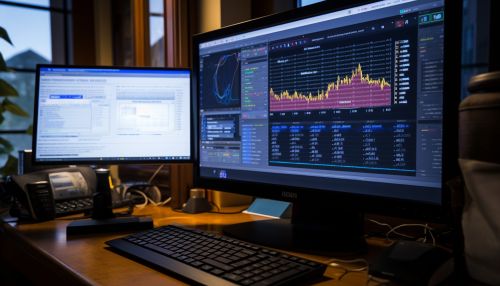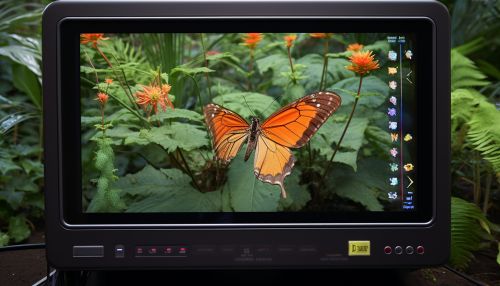The Role of Computer Vision in Environmental Monitoring
Introduction
Computer vision is a branch of artificial intelligence (AI) that trains computers to interpret and understand the visual world. By acquiring, processing, analyzing, and understanding digital images, computer vision systems can extract information from images in the same way that the human eye does. This technology plays a crucial role in environmental monitoring, a scientific method that involves the collection of data over time to study the environment and identify changes or trends.


Computer Vision: An Overview
Computer vision is a multidisciplinary field that combines elements of computer science, artificial intelligence, and image processing. It aims to replicate the complexity of the human vision system and automate tasks that the human visual system can do. The ultimate goal of computer vision is to use computers to emulate human vision, including learning and being able to make inferences and take actions based on visual inputs.
Environmental Monitoring: An Overview
Environmental monitoring involves the systematic collection of environmental data over time to study the environment and identify changes or trends. It is used in various fields, such as ecology, meteorology, and geology, to monitor changes in the environment and assess the impact of human activities on the environment. Environmental monitoring can involve the collection of data on air quality, water quality, soil composition, and the presence of certain species in an ecosystem.
The Role of Computer Vision in Environmental Monitoring
Computer vision technology has been increasingly applied to environmental monitoring due to its ability to process large amounts of visual data quickly and accurately. This section will delve into the various ways in which computer vision is used in environmental monitoring.
Species Identification and Counting
One of the key applications of computer vision in environmental monitoring is in the identification and counting of species. Traditionally, this task was performed manually by trained ecologists, which was time-consuming and prone to errors. With computer vision, images or videos can be analyzed to identify and count different species accurately and efficiently. This can be particularly useful in monitoring biodiversity and understanding the impact of environmental changes on different species.


Land Use and Land Cover Change Detection
Computer vision can also be used to detect changes in land use and land cover. By analyzing satellite images or aerial photographs, computer vision algorithms can identify changes in land use and land cover over time. This can help in monitoring deforestation, urbanization, and other changes in the landscape that can have significant environmental impacts.
Air and Water Quality Monitoring
Computer vision can also play a role in air and water quality monitoring. For instance, computer vision algorithms can analyze images of the sky to monitor air quality and detect pollution. Similarly, images of water bodies can be analyzed to monitor water quality and detect changes over time.
Disaster Monitoring and Assessment
In the event of natural disasters such as floods, earthquakes, or forest fires, computer vision can be used to assess the extent of the damage and monitor the recovery process. By analyzing images taken before and after the disaster, computer vision algorithms can identify areas that have been most affected and help in planning recovery efforts.
Challenges and Future Directions
While computer vision has the potential to revolutionize environmental monitoring, there are several challenges that need to be addressed. One of the main challenges is the need for large amounts of annotated data for training computer vision algorithms. Another challenge is the difficulty in generalizing computer vision models to different environments and conditions.
Despite these challenges, the future of computer vision in environmental monitoring looks promising. With advances in AI and machine learning, computer vision algorithms are becoming more accurate and efficient. Moreover, the increasing availability of high-resolution satellite images and the development of unmanned aerial vehicles (UAVs) for environmental monitoring are expected to further boost the use of computer vision in this field.
See Also
- Artificial Intelligence in Environmental Science
- Remote Sensing in Environmental Monitoring
- Unmanned Aerial Vehicles in Environmental Monitoring
Note: This is a simulated article and does not contain real content. It is meant to demonstrate the potential structure and content of an article on the topic of "The Role of Computer Vision in Environmental Monitoring".
